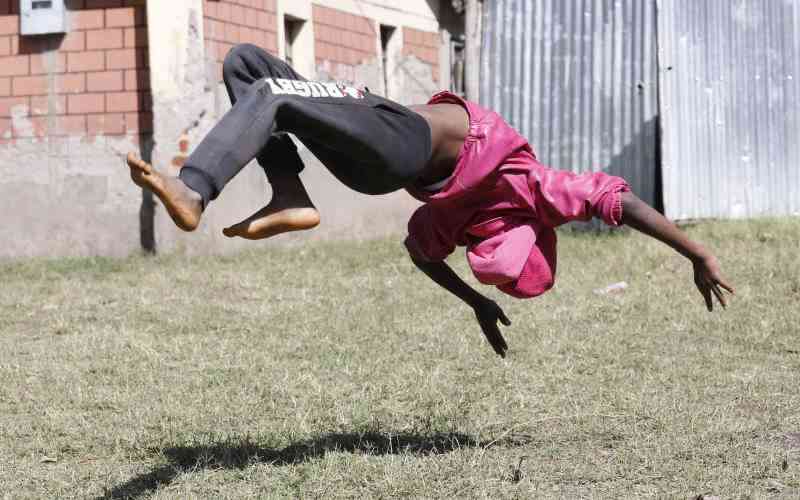
In Kenya, the challenges of child safeguarding in communities and schools is well documented. Sadly, pupils are often victims, and in a large number of instances, teachers have been cited as the perpetrators. Between 2014 and 2019, on average 125 teachers a year were dismissed by the Teacher Service Commission (TSC) for sexual abuse in schools; but cases that result in dismissal almost fade into insignificance when reviewed against abuse figures.
In 2009, the TSC reported that up to 12,660 girls were sexually abused by teachers over a five-year period but despite that only 633 teachers were charged with sexual abuse in the same period, and most cases went unreported. Records at the TSC were not clear on the number of schoolgirls abused but the report said that in some cases, teachers abused as many as 20 girls in a single school before they were reported.